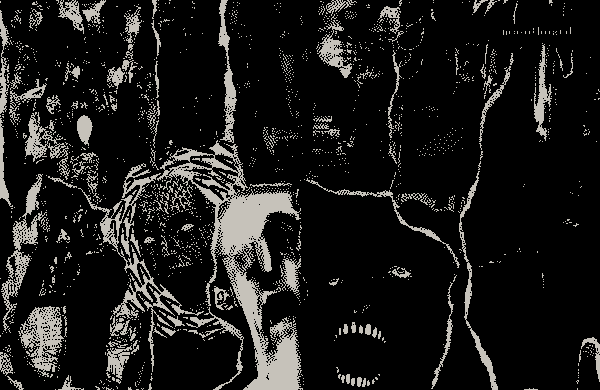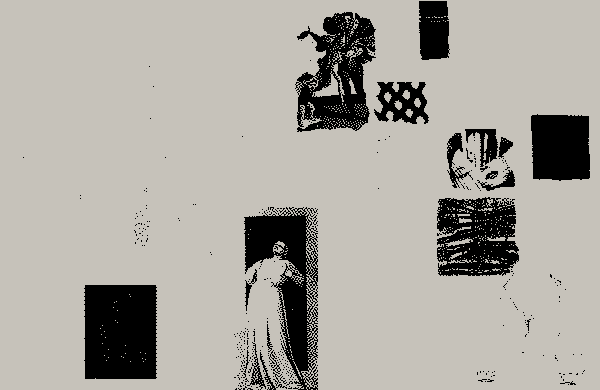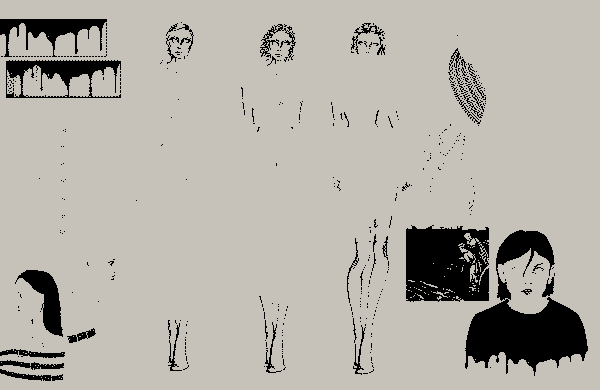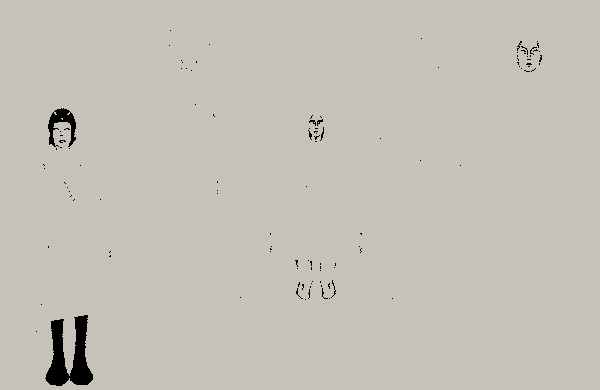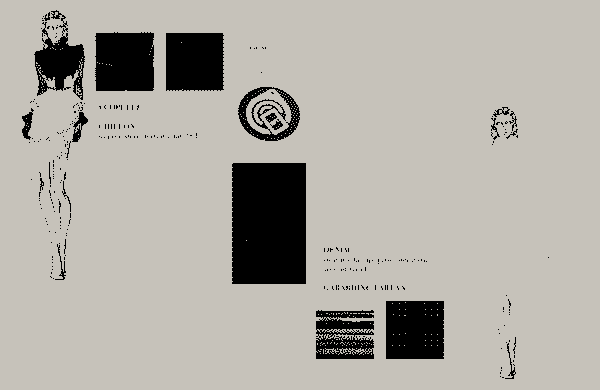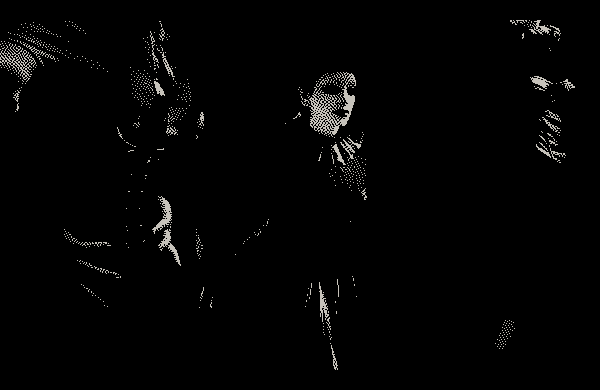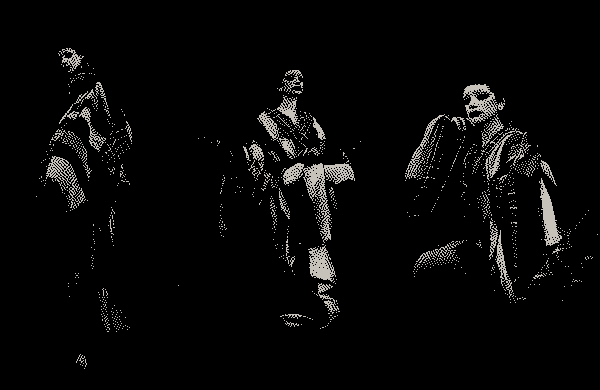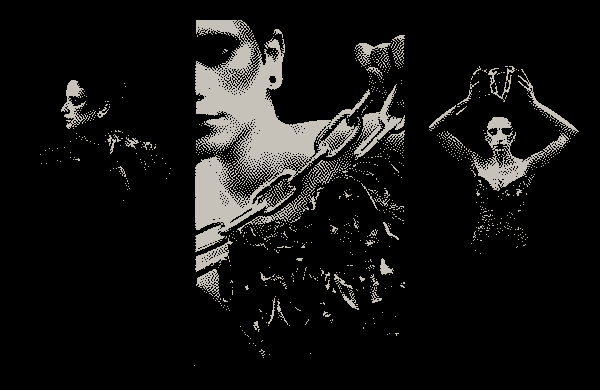METAmorphosis 3.0
The Panopticon of Solipsistic Consciences
Description
Objectives and Content: The project analyzes the effects of new technologies on humanity, particularly those caused by recent innovations such as artificial intelligence and Web 3.0. The aim is to examine contemporary humanity, laying the groundwork for a reflection on our future in an increasingly technologized world. This analysis, conducted both on a phenomenological and technical level, finds its visual representation in the capsule collection, which reflects the criteria established in the analysis itself: innovation, adaptation to the needs and opportunities of a modern brand, and the use of recycled, recyclable, and low environmental impact raw materials.
Project Pathway: Research: Technical analysis of new technologies such as those based on machine learning (e.g., artificial intelligence) and blockchain-based technologies, including cryptocurrencies, NFTs, and the metaverse. Phenomenological study of how these technologies have had a significant impact on today’s society and how various companies and artists are leveraging them.
Development: Analysis of the negative consequences caused by these technologies, conceptualizing them through the lens of the seven deadly sins. The collection is developed around the Seven Deadly Sins of Modern Man, drawing inspiration from the book “The Deadly Sins and Other Vices” by Umberto Galimberti, particularly through the first sin, wrath.
Wrath - Denial: Deconstructed garments with rips, cuts, and overlaps represent the need for the ancient man’s anger to be expressed rather than repressed. In contrast, the denial of the modern man is depicted through garments with confused and irregular shapes, reflecting the suffering derived from the suppression of the primordial vice and the resulting rejection of the internal and external realities of the individual.
Materials, Techniques, and Production: The garments in the collection are made from recyclable materials and/or natural raw materials. For example, the denim used for the second garment comes from second-hand markets; the polyester chiffon used in the first garment is made from PET, the same material as beverage bottles; the latex used for creating the three-dimensional faces is a complex emulsion of rubber, a natural rubber. This is complemented by the prototype of the NFC tag as an “electronic passport” that tracks the origin of raw materials and the various ownership transfers of the garment, promoting greater awareness in purchasing, favoring garments with secure and sustainable origins over those from fast fashion.
Innovations: The project explores various ways in which new technologies have been or could be used in the fashion world to make it more ethical, ecological, and accessible to everyone, promoting a more conscious, safe, and “slow” fashion.
Consistency with the Field of Design and Fashion Design: The project aligns with the design world as it addresses the current needs of brands and companies, as well as customers, who are increasingly craving innovations and technologies. Functionality related to aesthetics are characteristics that must coexist in the realization of a design; similarly, the union of technology and craftsmanship is perfect when aimed at optimizing and solving problems. These are precisely the final goals of this analysis, which seeks to demonstrate the simplicity of applying certain technologies that could make the fashion system a bit more sustainable and ethical.
